|
HT94 with Pyle PDS182 Surprisingly, the next compression driver that mates fairly well with the HT94 is a Pyle PDS182. This is a budget driver and cost only $19 at Parts Express.
Fig 1 is the RAW response of the HT94 horn with the Pyle PDS182 compression driver. The microphone was on axis with the horn at a distance of 2 FT. No smoothing was applied. Similar to the Peavey RX14, this driver gave the smoothest response with a good linear slope towards 20kHz. There are 2 notches, first at 3.5kHz and a smaller one at 4.5kHz. After that, it’s actually smoother than the RX14.
Fig 2 is the impedance of the HT94 with the Pyle PDS182. This looks more like a typical impedance plot. The Fs is at 1296Hz. If I cross the PDS182 at 2.5kHz, I probably need not use a conjugate network to flatten the peak.
The Spectrograms in Fig 3 shows slight hotness at 2.5kHz. This is similar to the RX14. As it extends towards 20kHz, there’s not much artifacts.
The Waterfall plot in Fig 4 shows artifacts at 7kHz and 20kHz. The ones at 20kHz are from cone breakup. This are only for technical purposes because they don’t last more than 1msec.
The ToneBurst Energy Storage (TES) plot in Fig 5 shows the artifacts in cycles instead of time. The plot shows the main artifacts from 4kHz~10kHz. They don’t last more than 8 cycles, so can’t be heard.
The 2nd~9th THD at 0.956% is only slightly less than the RX14. More importantly, no anomaly is recorded in the measurement. The Pyle PDS182 in Use A $19 compression driver doesn’t inspire much confidence in me. Judging from the size, it’s close to the RX14, meaning one should not cross them below 2kHz. According to the specs from Parts Express, the power handling is 120W (RMS). Obviously, this is grossly overstated. I would be more inclined to believe 120W as in Peak Power. Continuous (RMS) power handling should be about 30W at most. In professional use, I would not exceed 25W and to enhance it’s robustness, cross it at 2.5kHz or higher. These small compression drivers work best as tweeters. However, when used at lower power, like in home HiFi, it can be crossed at 2kHz. Unless otherwise stated, all measurements were made in Full Space (4 pi) with the mic at 36 ins, tweeter axis. Impulse Window=5ms. No smoothing applied. |

April 5, 2023Drivers Evaluation, PRO DRIVERS
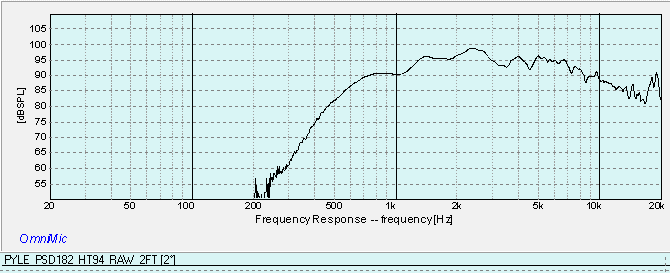 Fig 1 – EV HT94 with Pyle PDS182 RAW Frequency Response.
Fig 1 – EV HT94 with Pyle PDS182 RAW Frequency Response.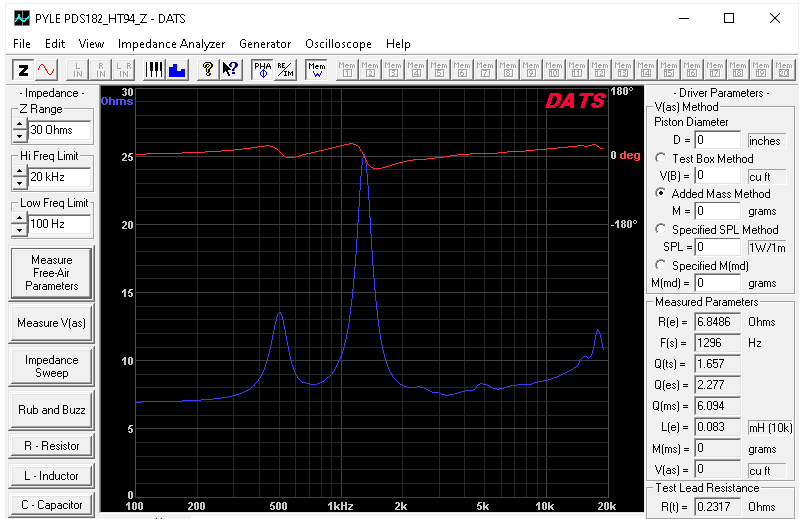 Fig 2 – EV HT94 with Pyle PDS182 Impedance
Fig 2 – EV HT94 with Pyle PDS182 Impedance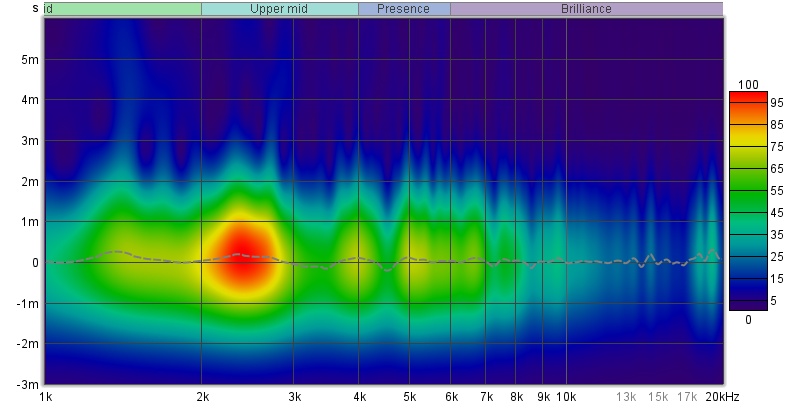
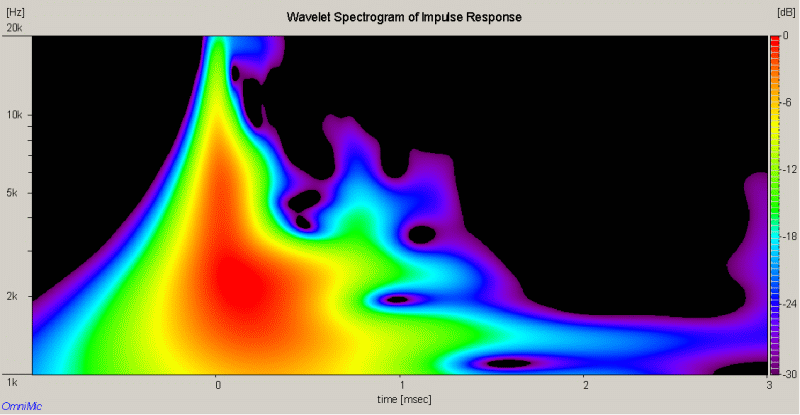
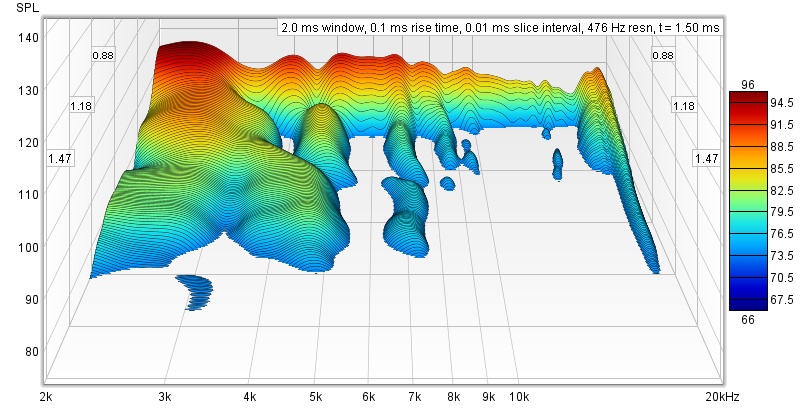 Fig 4 – Waterfall of
Fig 4 – Waterfall of 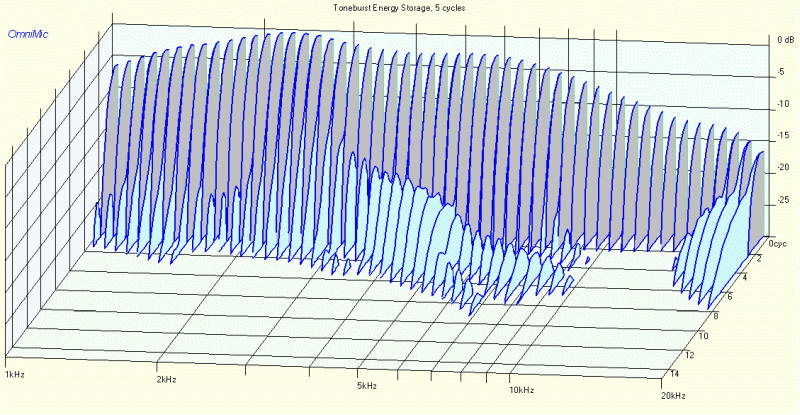 Fig 5 – ToneBurst Energy Storage of
Fig 5 – ToneBurst Energy Storage of 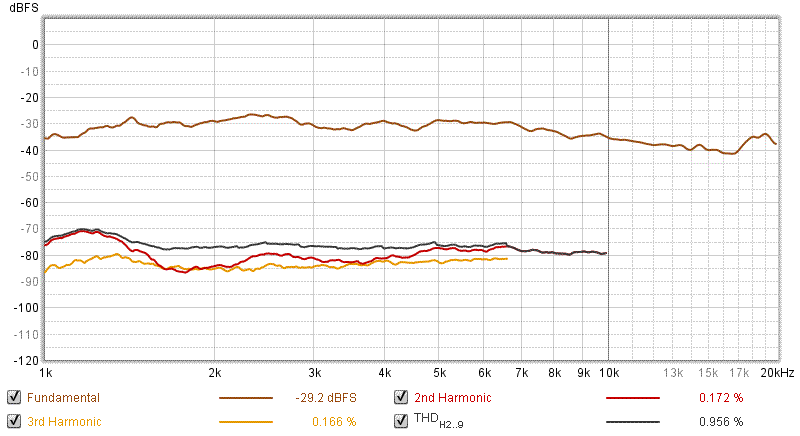 Fig 6 – Harmonic Distortion of
Fig 6 – Harmonic Distortion of